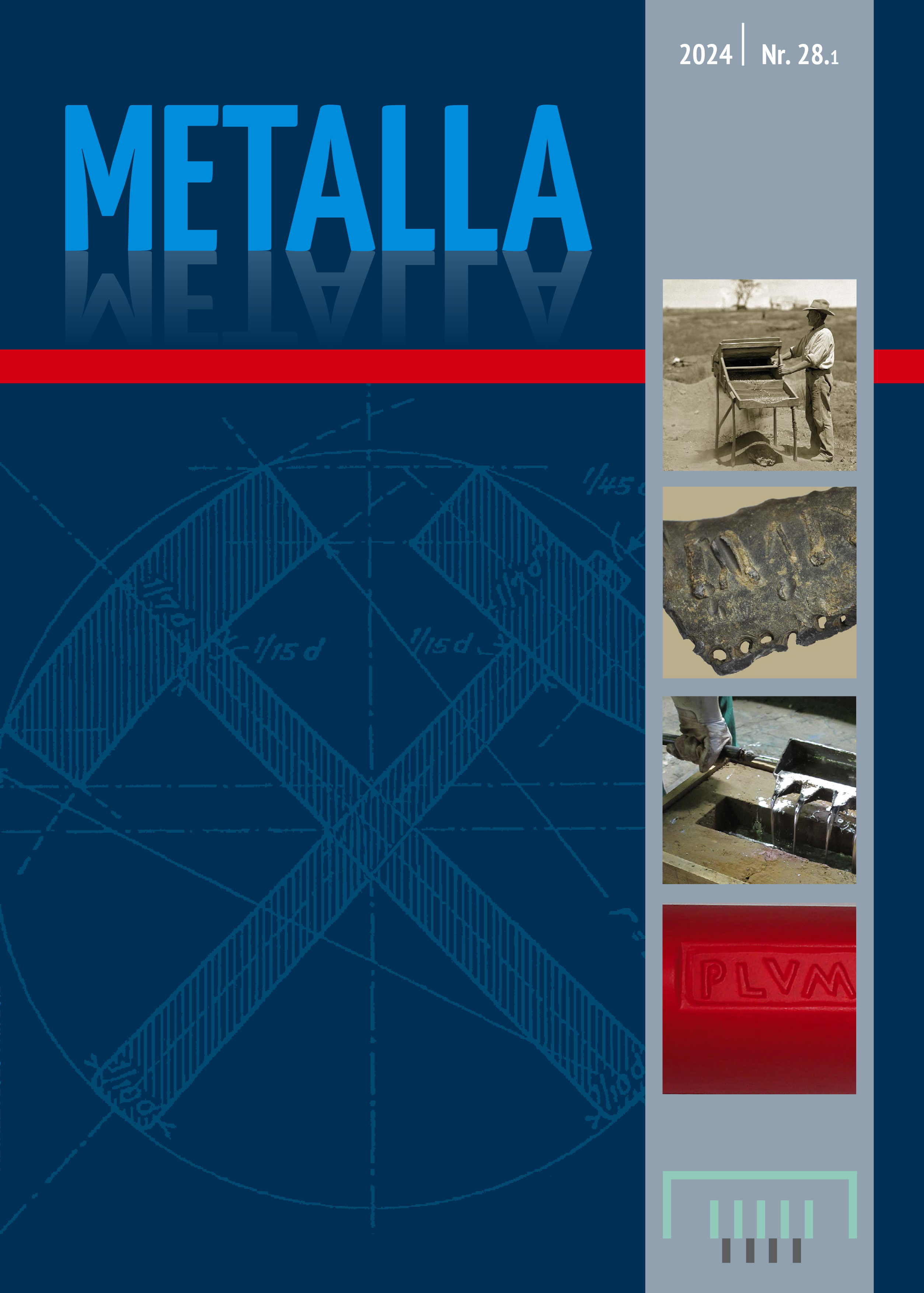Roman Lead Finds from Troesmis (Turcoaia, Tulcea County, Romania) and Its Surroundings – an Investigation Based on Lead Isotopes and Trace Element Analyses
DOI:
https://doi.org/10.46586/metalla.v28.2024.i1.41-65Keywords:
Troesmis, Roman, lead, bronze, pipes, statues, Moesia Inferior, provenance, Cévennes, Serbia/Kosovo, YorkshireAbstract
Lead samples and one leaded bronze sample from five identifiable objects (e.g. large-scale bronze statues, lead pipes) and three lead chunks from the area of the ancient center of Troesmis, in the Moesia Inferior province, have been investigated by elemental and lead isotope analyses. Among the analyzed samples, four are dated into the 2nd-3rd centuries AD and were found in the civil settlement near the fortress of the legio V Macedonica and the municipium of Troesmis, while one was uncovered in a rural settlement in the surroundings of this ancient center, at Horia, in a context dated to the 2nd century AD. A fifth object of study is a fragmented lead pipe from a private collection in Bucharest, from Carnuntum, according to the seller, but bearing a maker stamp that relates it to Rome. Furthermore, three lead chunks, presumably used to hang on wall objects like the bronze plates with the lex of the municipium, have also been analyzed. The provenance investigations of the nine Troesmis finds point to two different lead sources in the Roman Empire, the Central Balkans (Serbia/Kosovo) and the Cévennes (Massif Central) in France, while the lead source for the pipe fragment in Bucharest might be Yorkshire in Great Britain.
Downloads
Published
Issue
Section
License
Copyright (c) 2024 Cristina-Georgeta Alexandrescu, Michael Bode

This work is licensed under a Creative Commons Attribution 4.0 International License.



